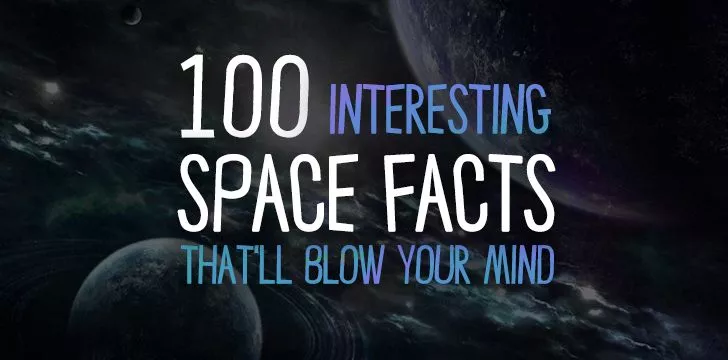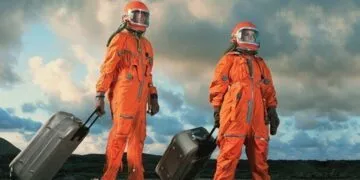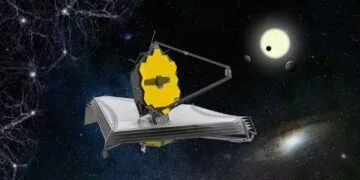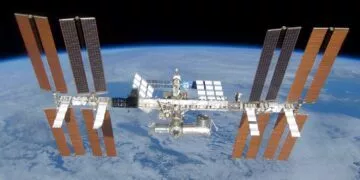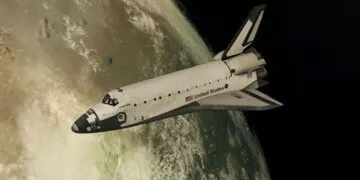With new space discoveries happening weekly, it’s no surprise we wanted to write these 100 random & interesting facts about space!
Space facts are always interesting to learn!
As time goes by, technological advancements have seen us learn more facts about space in the past century than in all time before that.
We’ve literally searched the universe for the most amazing space facts, including facts about the planets in our solar system, moons, the Milky Way, and beyond! We’re pretty sure #100 will make you smile!
Without further ado, let’s launch right into these 100 crazy facts about space!
Mercury & Venus are the only 2 planets in our solar system that have no moons.
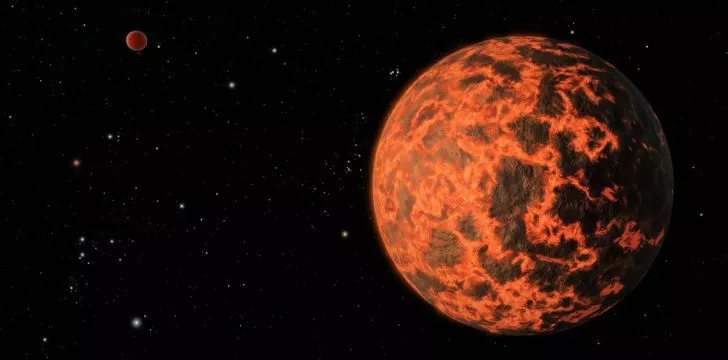
In total, there are 176 confirmed moons that orbit the planets in our solar system, with some of them being bigger than Mercury itself!
If a star passes too close to a black hole, it can be torn apart.
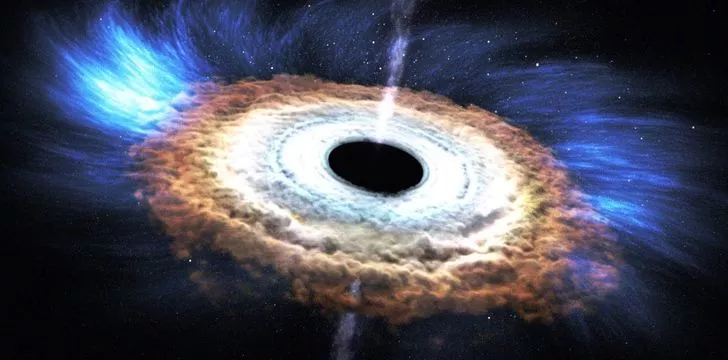
For 20 years, a team of astronomers observed a star at the center of our galaxy orbiting a black hole.
The star has now got close enough to the black hole for “gravitational redshift” to occur which is where the star’s light loses energy as the black hole’s gravity intensified.
The hottest planet in our solar system is Venus.
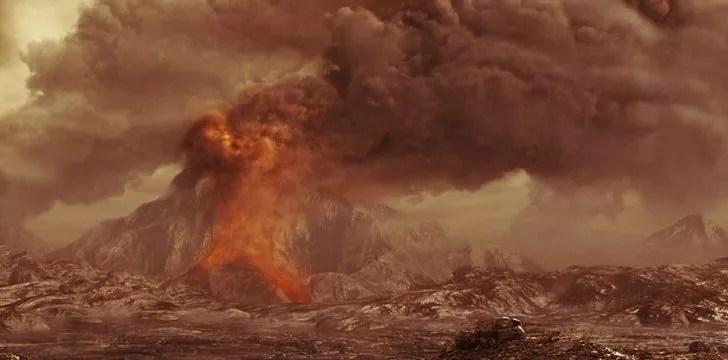
Most people think that this would be Mercury, as it is the closest planet to the sun.
However, Venus has a lot of gasses in its atmosphere which creates a “Greenhouse Effect” that causes a constant temperature of 864° Fahrenheit (462° Celsius) everywhere on the plant’s surface.
Our solar system is 4.57 billion years old.
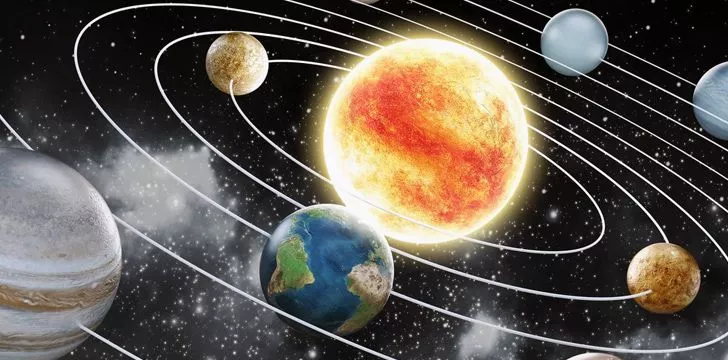
Well, give or take 30 million years(ish). Accurately speaking, it is 4.571 billion years old.
Scientists estimate that in about 5 billion years, our Sun will expand becoming a Red Giant.
In about 7.5 billion years its expanding surface will swallow up and engulf the Earth.
Enceladus, one of Saturn’s smaller moons, reflects 90% of the Sun’s light.
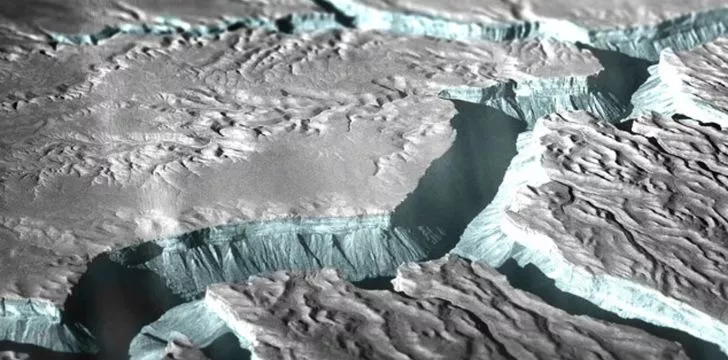
Because Enceladus’ icy surface reflects sunlight rather than absorbing it, temperatures reach as low as -394° Fahrenheit (-201° Celsius).
The highest mountain discovered is the Olympus Mons, which is located on Mars.
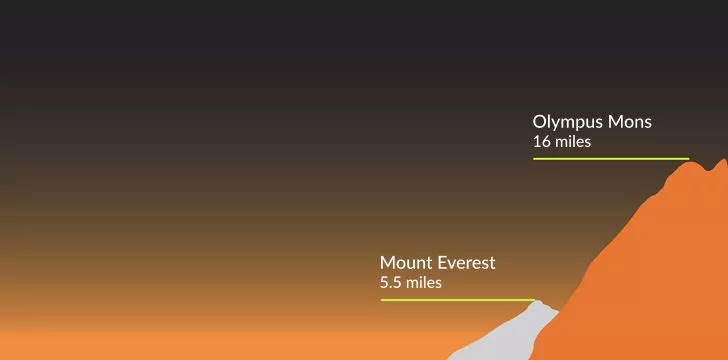
Its peak is 16 miles (25 km) high, making it nearly 3 times higher than Mount Everest.
And not only is it tall, but it’s also 374,015 ft² (114,000 m²) wide – that’s an area the size of Arizona!
The Whirlpool Galaxy (M51) was the first celestial object identified as being spiral.
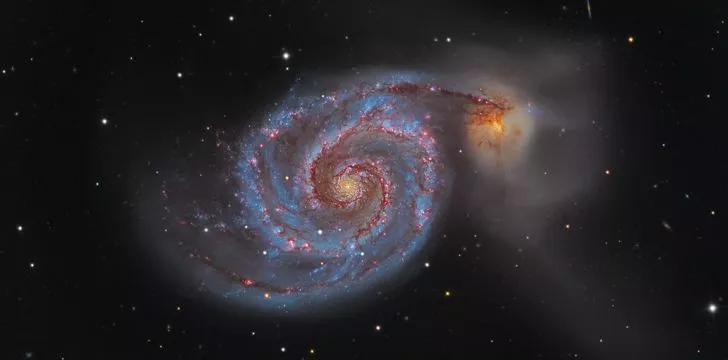
The grand, spiraling arms of the Whirlpool Galaxy are made up of long lanes of stars and gas, sprinkled with lots of space dust.
These arms act as star formation factories, compressing hydrogen gas and creating clusters of new stars.
A light-year is the distance covered by light in a single year.
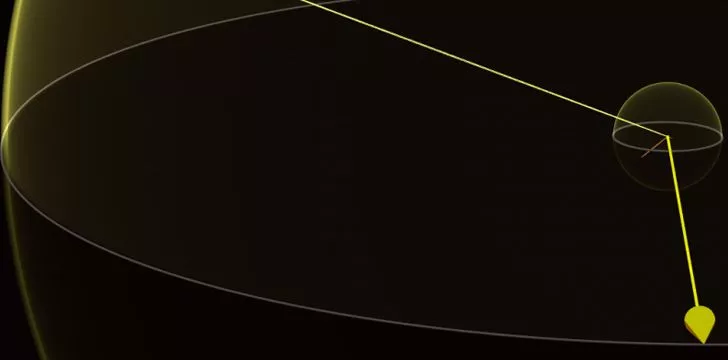
Light moves at the velocity of about 186,411 miles (300,000 km) a second.
So one light-year equates to roughly 5,903,026,326,255 miles!
The Milky Way galaxy is 105,700 light-years wide.
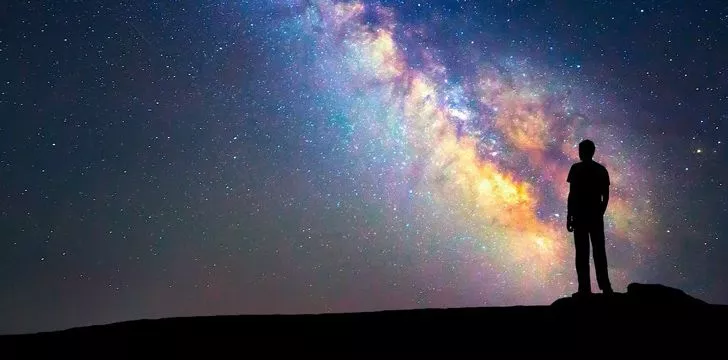
It would take a modern spacecraft 450,000,000 years to travel to the center of our galaxy!
You can read more unbelievable space facts with this list of Milky Way facts!
The Sun weighs about 330,000 times more than Earth.
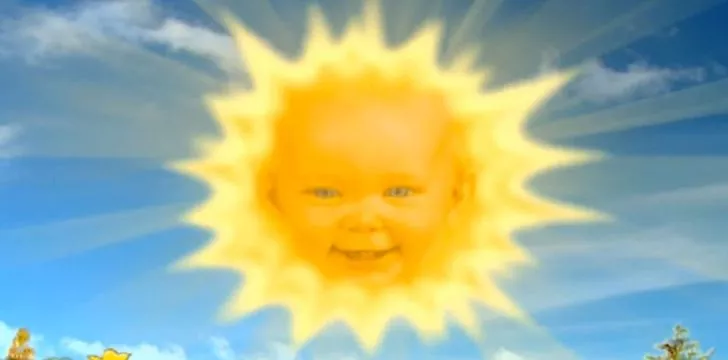
It is about 109 times the diameter of Earth and is so large the Earth could fit inside the sun about 1,300,000 times over!
In fact, the sun is so gigantic that it contains 99.85% of all mass in our solar system.
Footprints left on the Moon won’t disappear as there is no wind.
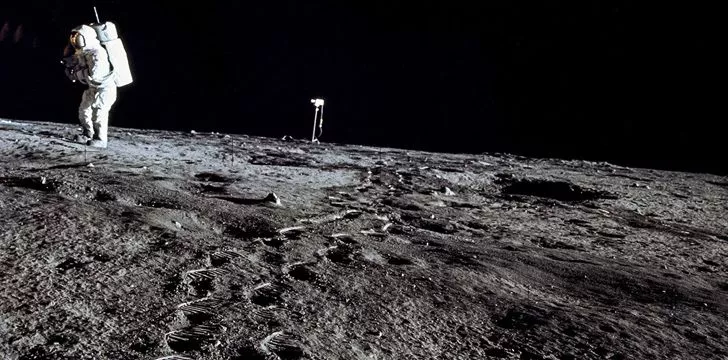
But wait a minute… if there’s no wind to blow them away then why is the flag blowing? Well, it actually wasn’t blowing.
That rippling you see is because of a stubborn telescopic horizontal rod that the astronauts were struggling to remove from the flag’s upper hem.
Still unsure whether we’ve walked on the Moon? Here are 5 common Moon landing myths debunked.
Because of lower gravity, a person who weighs 220 lbs on Earth would weigh 84 lbs on Mars.
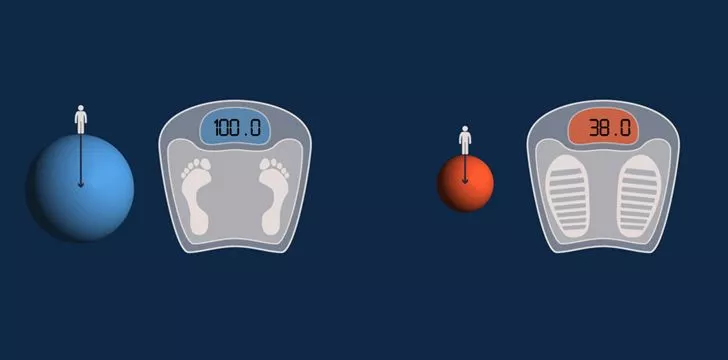
When sending droids to the surface of Mars, this is something scientists plan for, being able to load the droid up with more equipment and build it from more robust materials.
There are 79 known moons orbiting Jupiter.
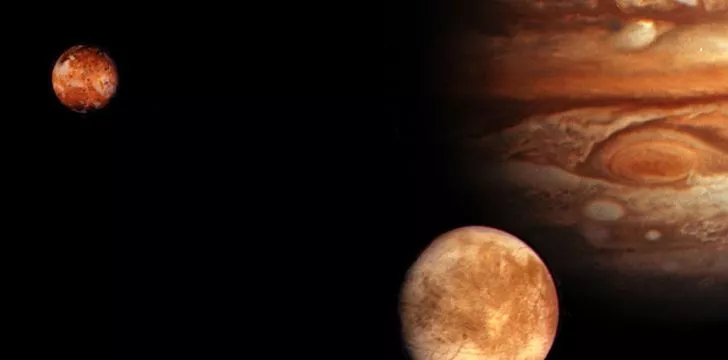
Jupiter is the planet in our solar system with the most moons, and it also has the largest moon in our solar system.
That moon is called Ganymede and is 3,270 miles (5,270 km) in diameter – that’s bigger than Mercury and it is visible with just a pair of binoculars!
The Martian day is 24 hours 39 minutes and 35 seconds long.
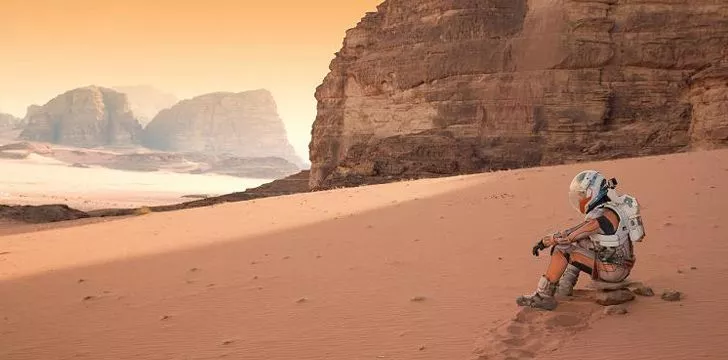
So you’d therefore assume there are less days in a year on Mars than Earth, right? Wrong!
Because Mars orbits the sun slower than the Earth, there are actually 687 Martian days in a Martian year!
NASA’s Crater Observation and Sensing Satellite (LCROSS) found evidence of water on the Earth’s Moon.
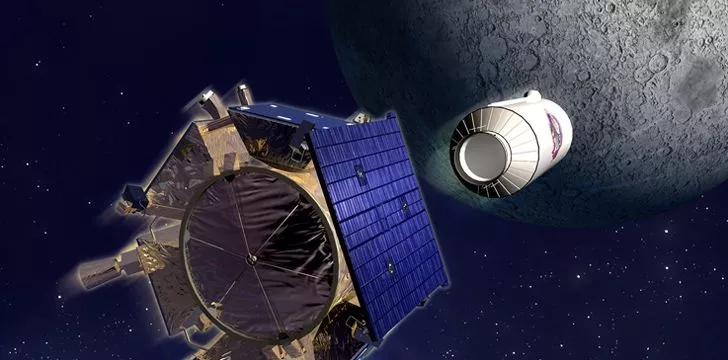
Whilst water cannot exist on the Moon’s surface under its current conditions, scientists believe water ice could survive within the cold, permanently shadowed crates at the Moon’s two poles.
The Sun makes a full rotation once every 25 – 35 days.
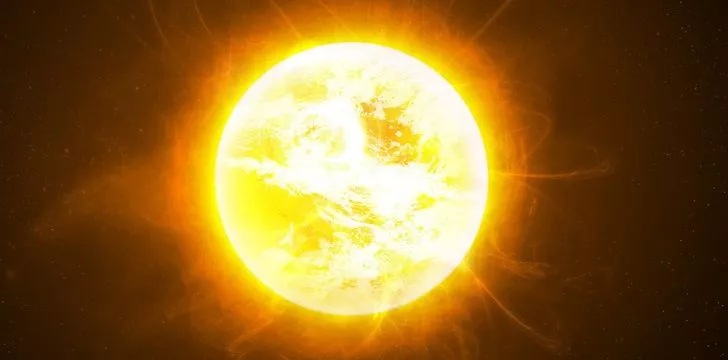
So for us on Earth, one full rotation equals one full day. However, our gargantuan sun takes 25 – 35 Earth days to make one full rotation!
Want to learn more space facts? Check out these 40 fiery facts about the Sun!
Earth is the only planet not named after a God.
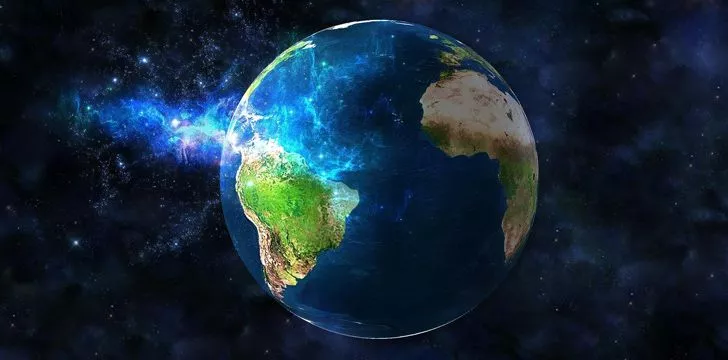
Nobody knows how the Earth got its name; all we know is that it is derived from an amalgamation of both the Old English and Old Germanic words for “ground”.
Due to the Sun and Moon’s gravitational pull, we have tides.
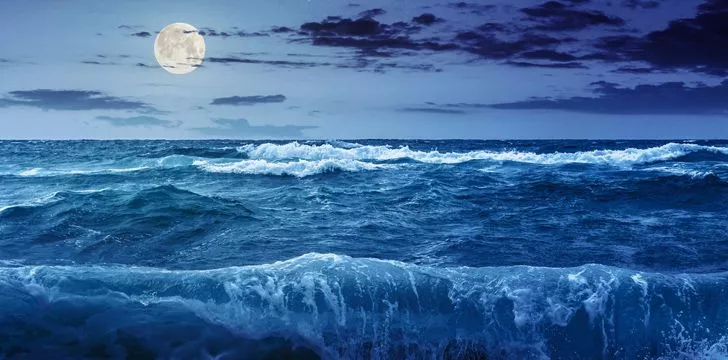
This is because the Moon’s tidal force causes the Earth – and the water on it – to bulge out on the side closest to the Moon.
These bulges are what cause the world’s high tides.
Pluto is smaller than the United States.
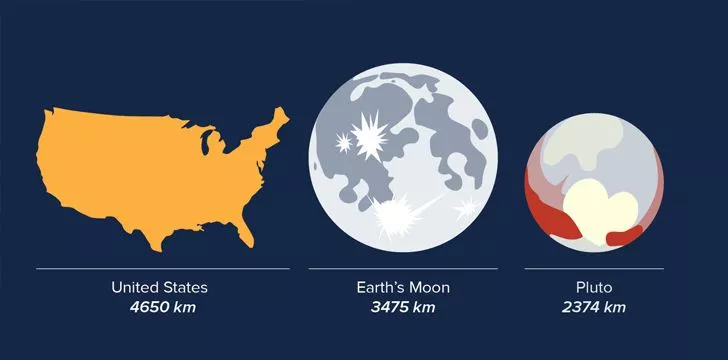
If you were to walk around the equator of Pluto it would be the same distance as walking from London to Denver (well, plus or minus an extra 56 miles).
According to mathematics, white holes are possible, although as of yet we have found none.
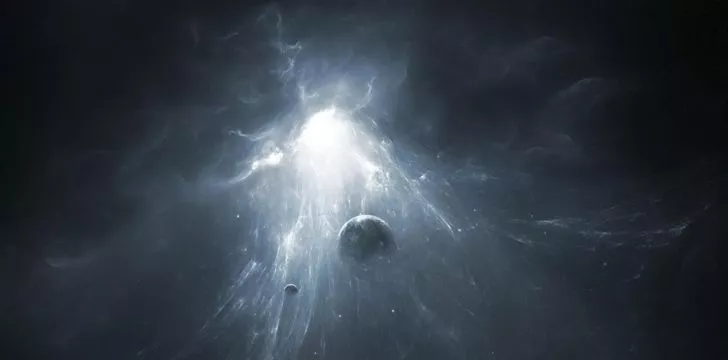
A white hole is a hypothetical region of space-time which can’t be entered from the outside, although matter and light can escape from within.
Basically, it’s the reverse of a black hole.
There are more volcanoes on Venus than any other planet in our solar system.
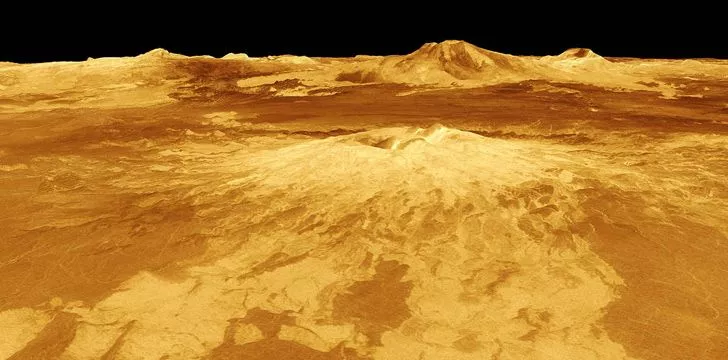
There are more than 1,600 major volcanoes across the surface of Venus, including a 5 mile (8 km) high volcano called Maat Mons.
However, none of these volcanoes are known to be erupting at present and most are probably long extinct.
Uranus’ blue glow is due to the gases in its atmosphere.
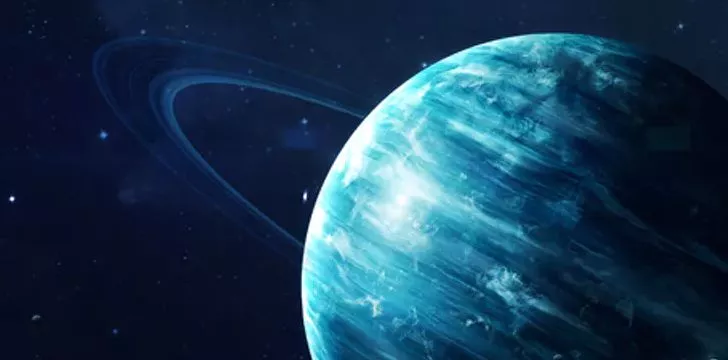
Uranus’ atmosphere is made up of hydrogen, helium and methane.
The methane in Uranus’ upper atmosphere filters out all the red light from the Sun but reflects the Sun’s blue light back into space, giving it its blue appearance.
Enjoying our space facts? If you’re interested in learning more, we have more interesting facts about Uranus.
In our solar system that are 4 planets known as gas giants: Jupiter, Saturn, Uranus & Neptune.
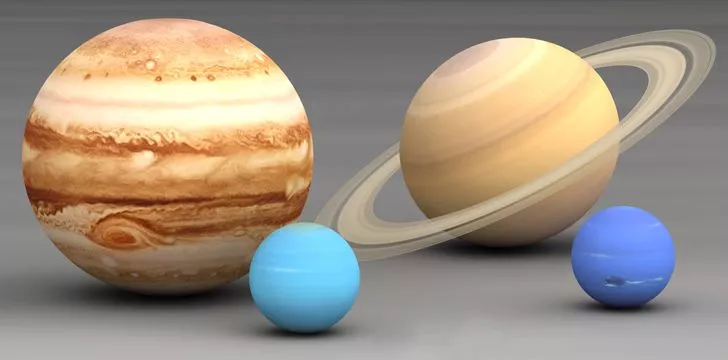
A gas giant is a large planet that is made up mostly of gases like hydrogen and helium and has only a relatively small rocky core.
Uranus has 27 moons that have been discovered so far.
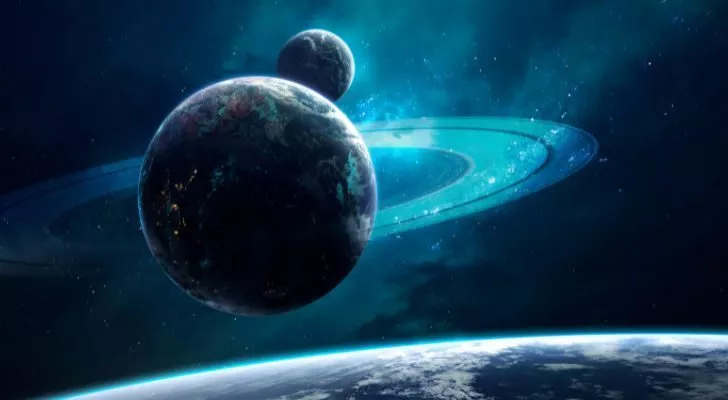
It has 5 large moons and 22 small moons. Titania is the largest of Uranus’ moons and is the eighth largest moon in our solar system with an average diameter of 980.5 miles (1,578 kilometers).
Because of its unique tilt, a season on Uranus is equivalent to 21 Earth years.
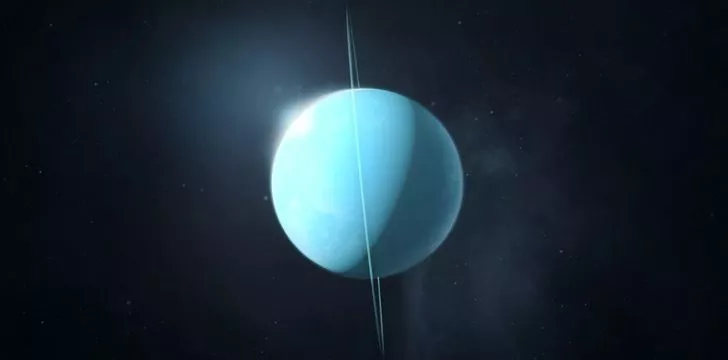
Also, the 97.77 degrees tilt on Uranus’ axis means that a day there only last 17 hours, 14 minutes, and 24 seconds.
Neptune’s moon, Triton, orbits the planet in reverse.
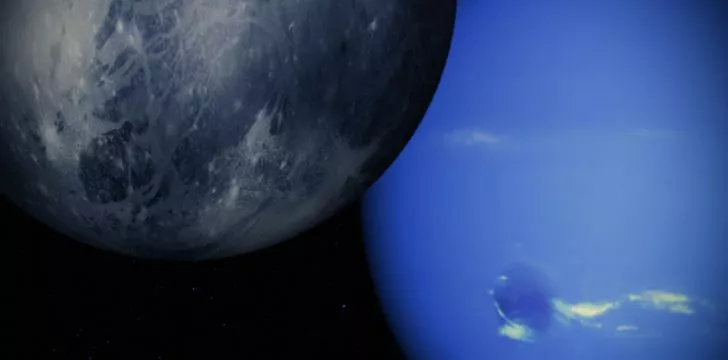
Triton is the only large moon of any of the planets that does this.
This is known as a retrograde orbit and astronomers are unsure as to why Triton orbits Neptune this way.
Triton is gradually getting closer to the planet it orbits.
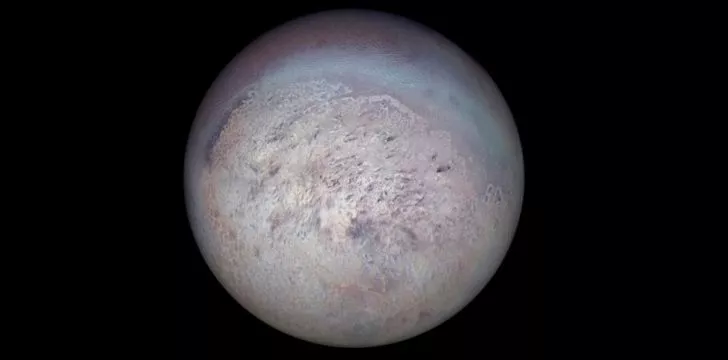
Scientists believe that when Triton eventually gets too close to Neptune, it will be torn apart by the planet’s gravity and could potentially create another ring around Neptune – giving it more rings than Saturn.
There are more stars in space than there are grains of sand in the world.
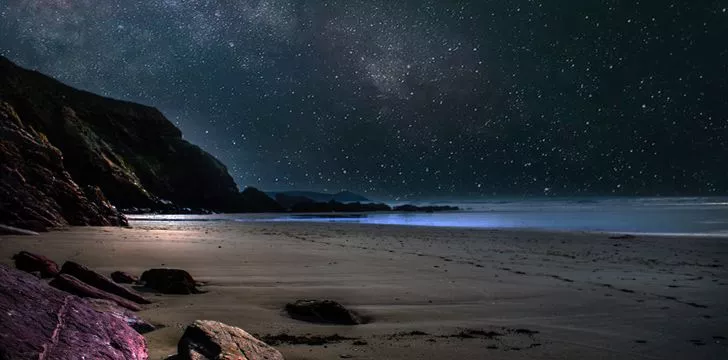
There are 10 times more stars in the night sky than grains of sand on the Earth, with 70 sextillion stars being visible from Earth through a telescope.
To put that in numbers, 70 sextillion is this: 70,000,000,000,000,000,000,000.
Neptune takes nearly 165 Earth years to make one orbit of the Sun.
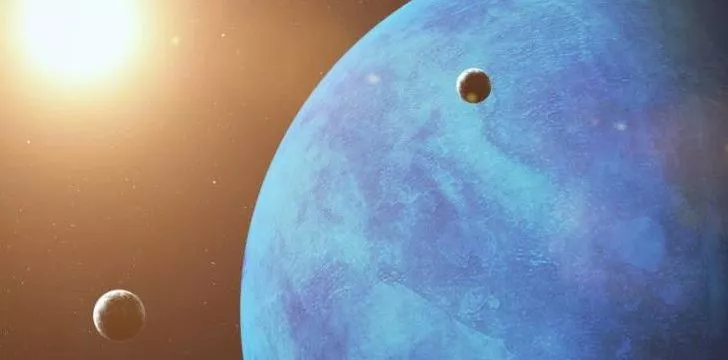
That’s equivalent to 60,190 Earth days to orbit the sun once! Neptune has a very slow orbital speed of 3.37 miles per second (5.43 km/s).
This means that since it was discovered in 1846, it has only completed just one orbit!
You may also like these interesting facts about Neptune that are outta this world!
Pluto’s largest moon, Charon, is half the size of Pluto.
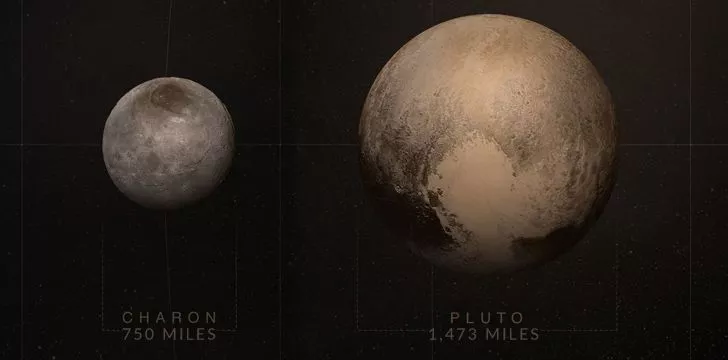
The same surfaces of Charon and Pluto always face each other, which is known as mutual tidal locking.
The International Space Station is the largest manned object ever sent into space.

At 119 yards (109 meters) long, the International Space Station (ISS) sits roughly 250 miles (400 km) above the Earth and is the third-brightest object in the night sky.
A day on Pluto is lasts for 153.6 hours long.
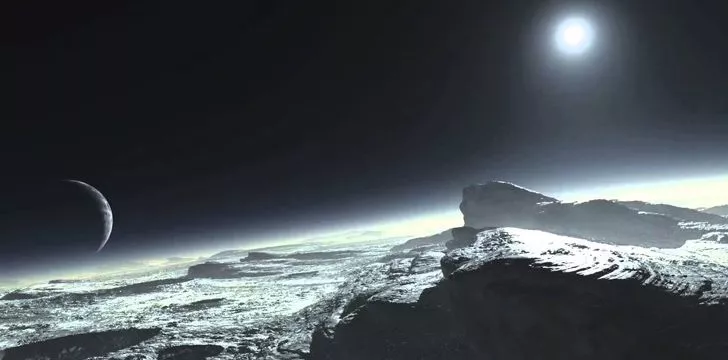
This equates to 6 days 9 hours and 36 minutes. A day on Pluto lasts so long because of its slow rotation rate.
Check out these other interesting space facts about the Dwarf Planet, Pluto.
Saturn is the second largest planet in our solar system.
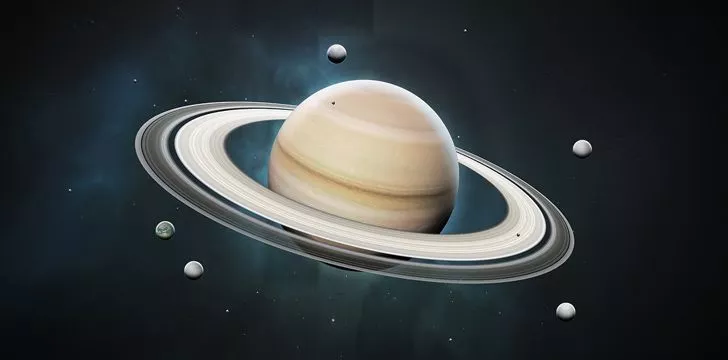
It has a radius of 36,184 miles (58,232 km) – nine times that of Earth.
However, due to its low density it only has a weight roughly one-eighth of Earth.
Any free-moving liquid in outer space will form itself into a sphere.
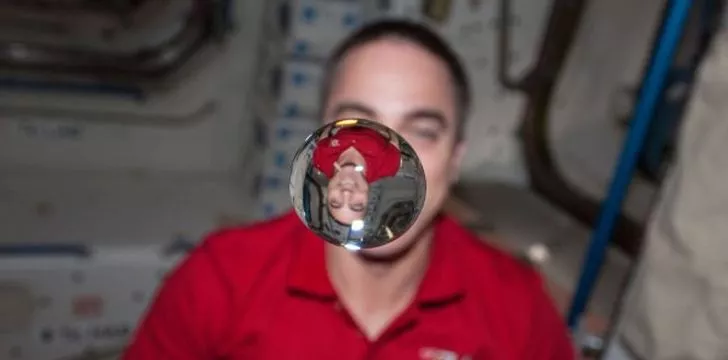
This is because of something called surface tension, which is an imbalance of intermolecular attractive forces.
This can also occur in low Earth orbit.
Mercury, Venus, Earth & Mars are known as the “Inner Planets”.
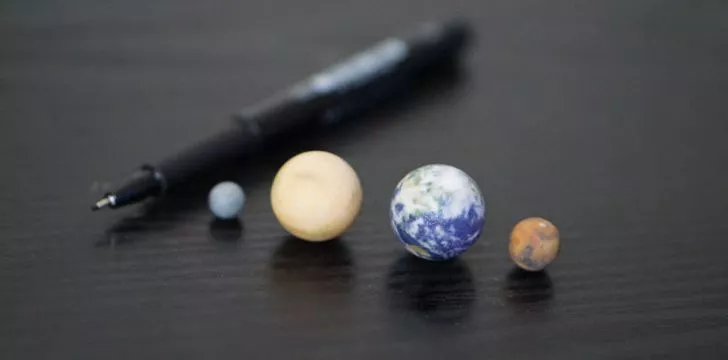
They are named the Inner Planets because they orbit closest to the Sun.
An inner planet is classified as a planet located within the asteroid belt.
We know more about Mars and our Moon than we do about our oceans.

We have fully mapped 100% of the surface of Mars and Earth’s Moon, whereas we have only been able to map roughly 5% of the ocean floor.
The Black Arrow is the only British satellite to be launched using a British rocket.
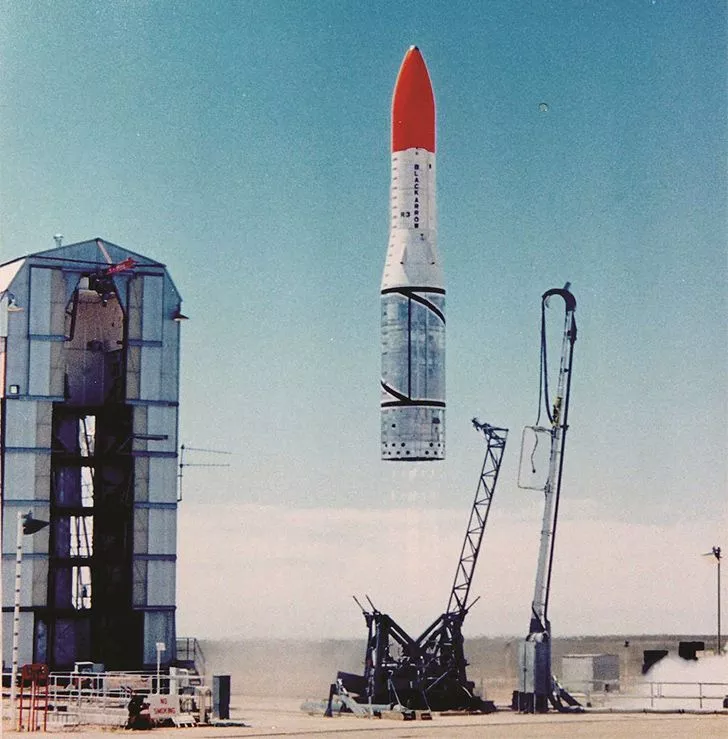
Black Arrow was developed during the 1960’s and was used for four launches between 1969 and 1971.
In 2019 it was retrieved from its crash landing site in the Australian outback and put on a display Penicuik, Scotland.
Only 5% of the universe is visible from Earth.
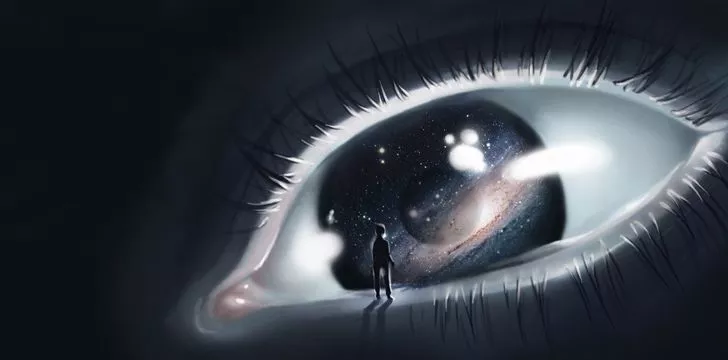
68% of the universe is dark energy and 27% is dark matter. Both of these are invisible, even with a telescope, which means we are only able to see 5% of the universe.
Light travels from the Sun to the Earth in less than 10 minutes.
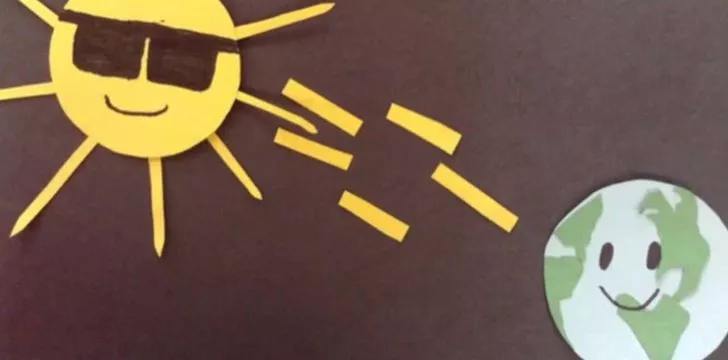
The Photons emitted from the Sun’s surface travel across the vacuum of space at the speed of light to reach our eyes in only 8 minutes and 20 seconds.
At any given moment, there are at least 2,000 thunderstorms happening on Earth.

Worldwide, there are an estimated 16 million thunderstorms each year.
Roughly 100,000 of these thunderstorms happen in the U.S. alone.
You can read more strange facts about thunder and lightning here.
The Earth’s rotation is slowing slightly as time goes on.

This means that days were shorter in the past. This is because of the tidal effects the Moon has on the Earth’s rotation.
If you were driving at 75 miles per hour, it would take 258 days to drive around Saturn’s rings.
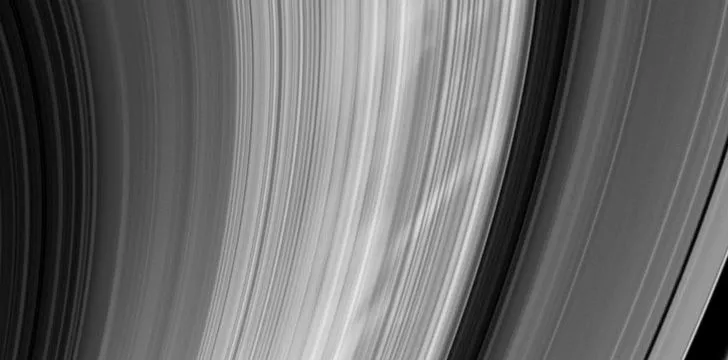
Saturn’s rings are roughly 175,000 miles long, although they are only about 3,200 feet thick.
You can find out more interesting facts about Saturn’s rings here!
Outer Space is only 62 miles away.
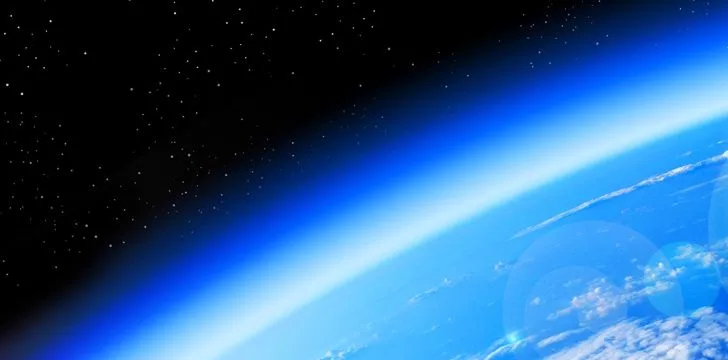
Although there is no official solid boundary for where space begins, the Kármán line sits at 62 miles above sea-level and is conventionally used as the start of outer space in space treaties or for aerospace records keeping.
The International Space Station circles Earth every 92 minutes.
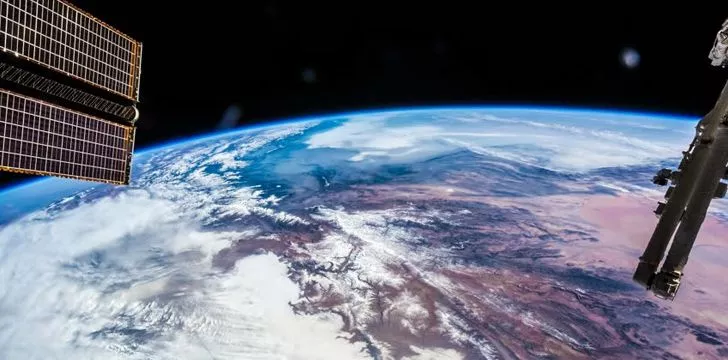
The speed of the ISS as it orbits Earth is roughly 17,150 miles per hour – that equates to 5 miles a second!
Stars twinkle because of the way light is disrupted as it passes through Earth’s atmosphere.
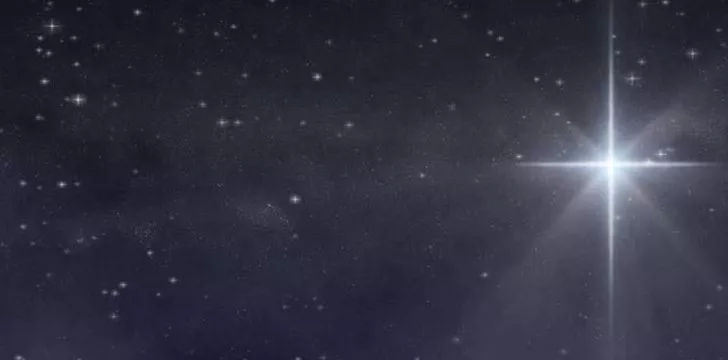
Starlight is affected by the winds in our atmosphere as it enters, as well as being affected by different areas and temperatures.
This causes the light from each star to twinkle as we look at them.
We always see the same side of the Moon, no matter where we stand on Earth.
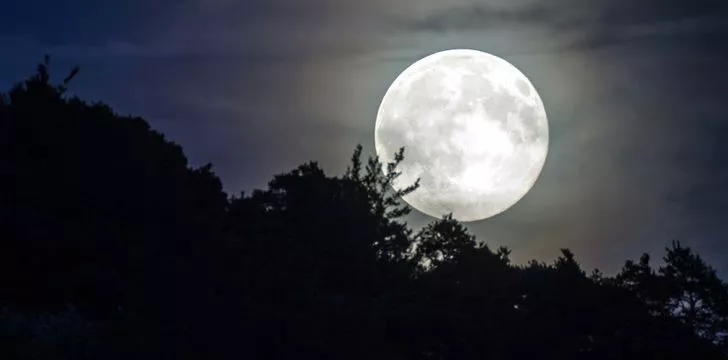
This is because the Moon rotates on its axis at the same rate that it rotates the Earth. It’s known as synchronous rotation or tidal locking.
There are three main types of galaxies: elliptical, spiral & irregular.

The Milky Way galaxy, the one that our solar system resides in, is classified as a spiral galaxy.
There are approximately 100 thousand million stars in the Milky Way.
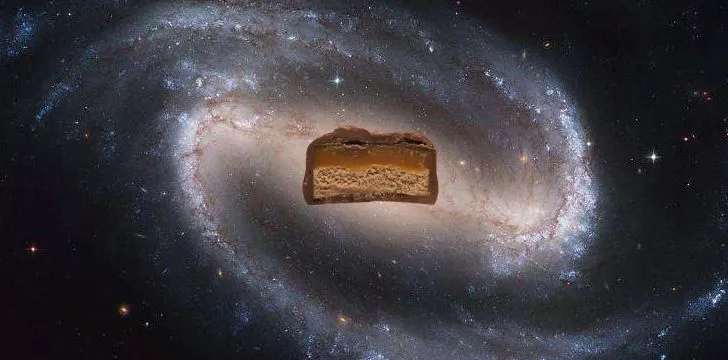
That may sound like a lot, but its nothing compared to the galaxy with the most stars in the universe, IC 1101, which has a mind-blowing 100 trillion stars!
Using the naked eye, you can see 3 – 7 different galaxies from Earth.
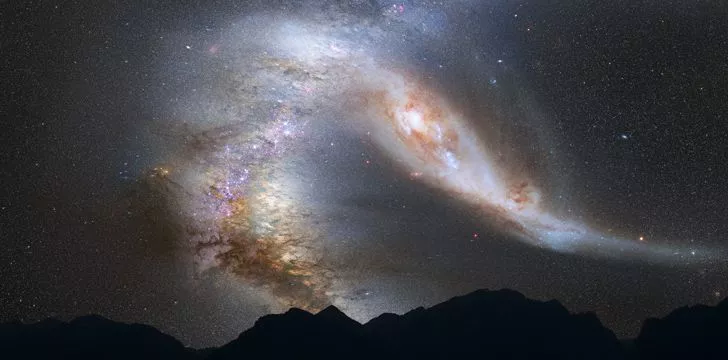
You can see the Andromeda Galaxy (M-31), both Magellanic Clouds, our own Milky Way galaxy, the Triangulum Galaxy (M-33), the Omega Centauri and the Sagittarius Dwarf Spheroidal Galaxy.
In 2016, scientists detected a radio signal from a source 5 billion light-years away.
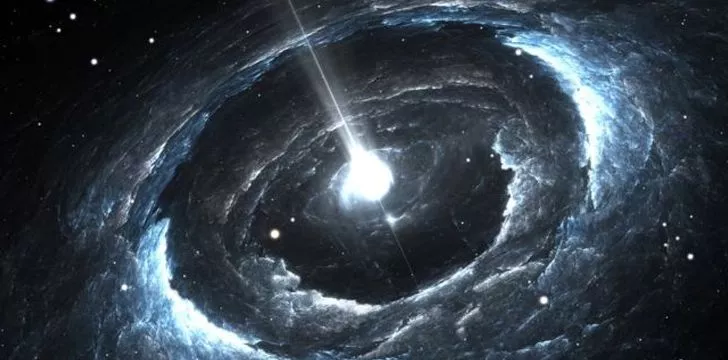
This means that when the signal started its journey, Earth didn’t even exist.
The detected signals were located using the Very Large Array (VLA) of the National Radio Astronomy Observatory in New Mexico.
The closest galaxy to us is the Andromeda Galaxy – it’s estimated at 2.5 million light-years away.
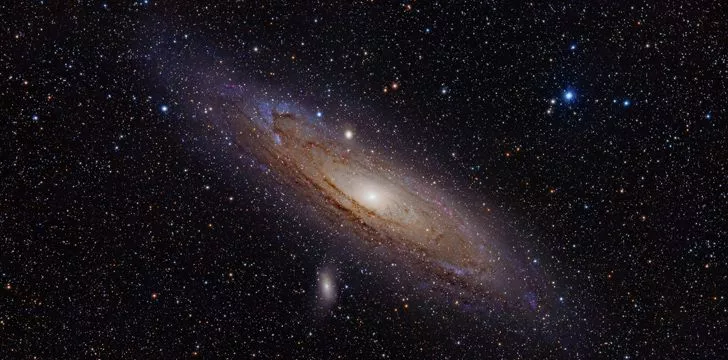
Before the discovery of the Andromeda Galaxy, the Large Magellanic Cloud was believed to be the closest galaxy to us.
The first Supernovae observed outside of our own galaxy was in 1885.
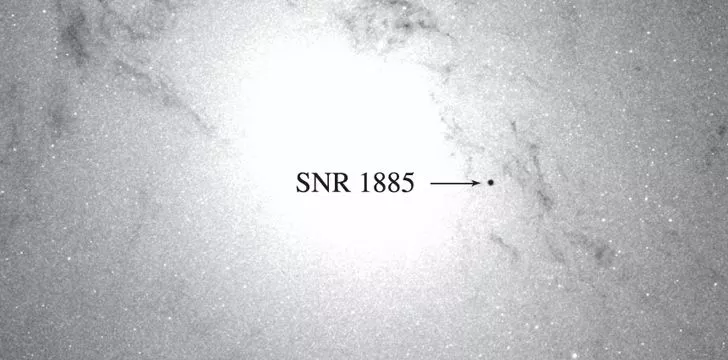
This supernova was called the S Andromedae, located in the Andromeda galaxy.
This was observed by Ernst Hartwig in Estonia and was only made possible due to recent improvements to telescope designs.
The first-ever black hole photographed is 3 million times the size of Earth.
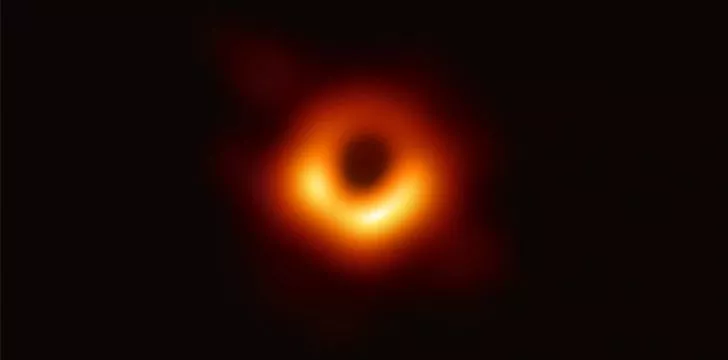
The photo was released in April 2019 and shows a halo of dust and gas 310 million trillion miles from Earth.
It was captured by the Event Horizon Telescope, a network of eight linked telescopes, and was also captured due to the algorithm of programmer Katie Bouman.
The distance between the Sun & Earth is defined as an Astronomical Unit.
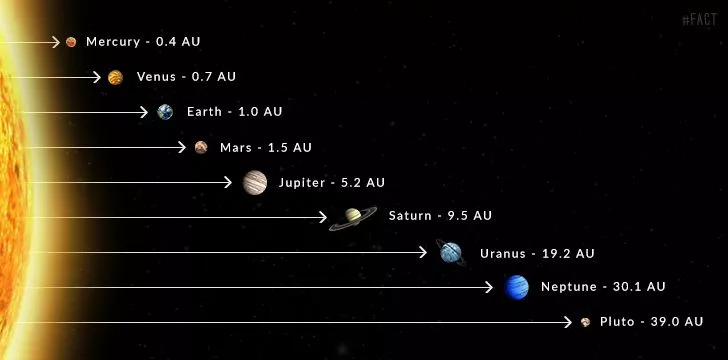
An Astronomical Unit (AU) equates to roughly 93 million miles or 150 million kilometers.
The second man on the moon was Buzz Aldrin. “Moon” was Aldrin’s mother’s maiden name.
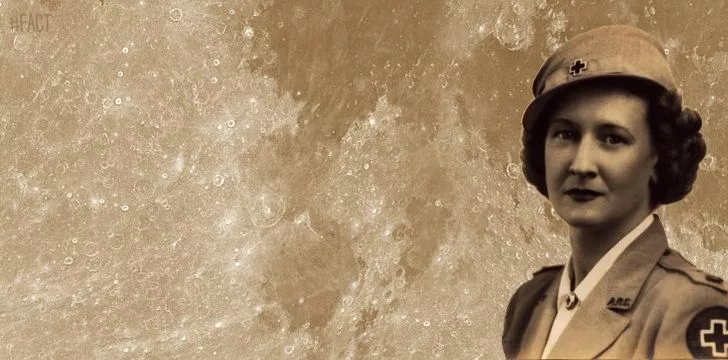
She was born Marion Moon and later married Edwin Eugene Aldrin.
Buzz Aldrin’s birth name was Edwin Eugene Aldrin Jr.
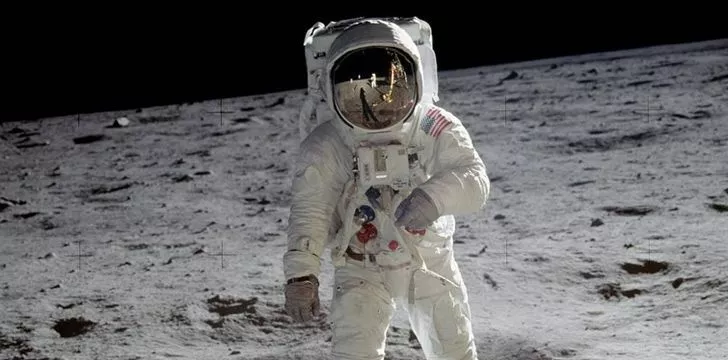
He got the nickname “Buzz” from his sister’s mispronunciation of the word “brother”, which became “buzzer”.
In 1988, he legally changed his first name to “Buzz”.
On Venus, it snows metal and rains sulfuric acid.
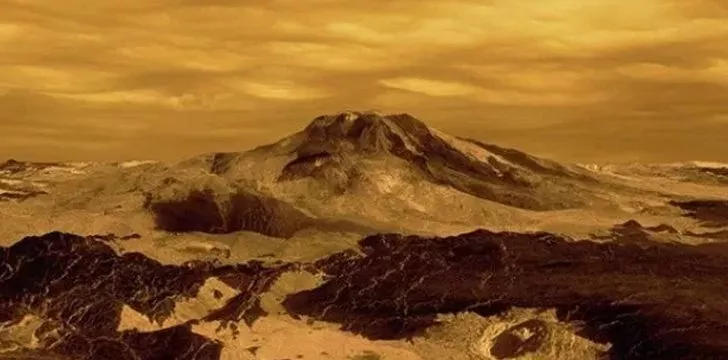
This is because Venus is a scorching planet choked with sulfuric acid, which causes the planet’s metals to become gas and then liquid in the atmosphere, before raining down to the ground after the freezing temperatures turn it into a solid.
The Mariner 10 was the first spacecraft that visited Mercury in 1974.
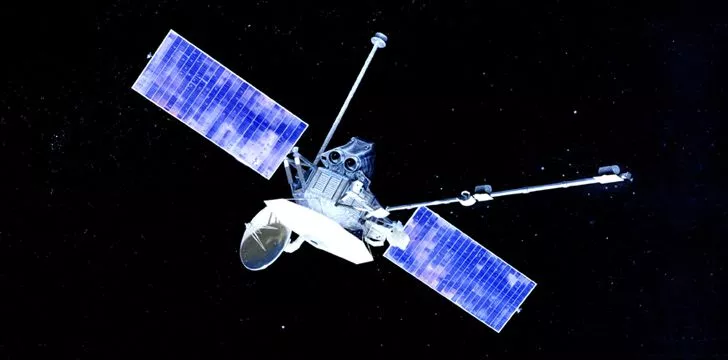
It was launched at NASA’s Kennedy Space Center in 1973 and flew by Venus 3 months later. It then crossed into Mercury’s orbit managing to photograph 45% of Mercury’s surface.
The second spacecraft to visit Mercury was the “Messenger”, which completed mapping of 100% of Mercury’s surface in 2013.
Space is completely silent.
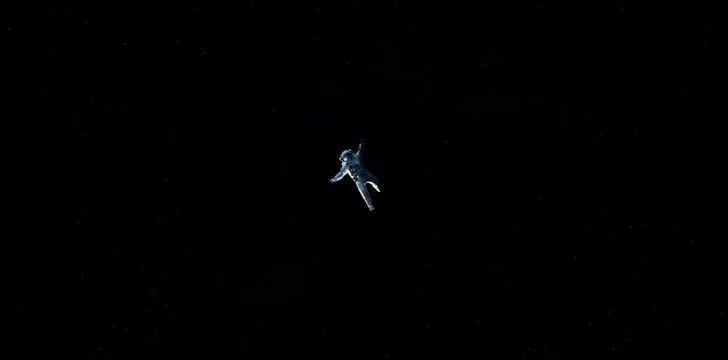
This is because there is no air in space, and air is needed to carry the sound vibrations.
So if you shouted to someone next to you in space they wouldn’t be able to hear you. How’s that for a fun space fact!?
Coca-Cola was the first commercial soft drink that was ever consumed in space.
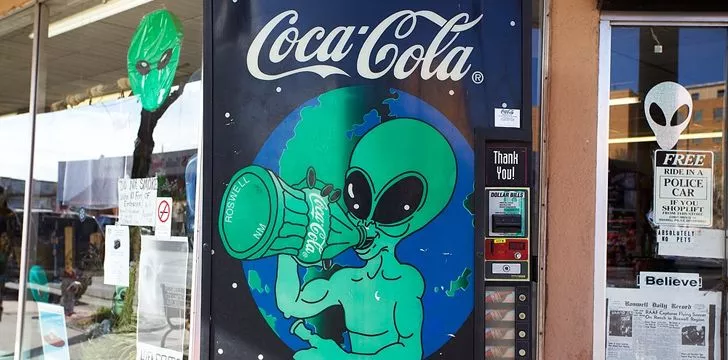
The first food ever eaten in space was applesauce and was eaten by John Glenn in space during the Friendship 7 mission in 1962.
Astronauts can grow approximately two inches (5 cm) in height when in space.
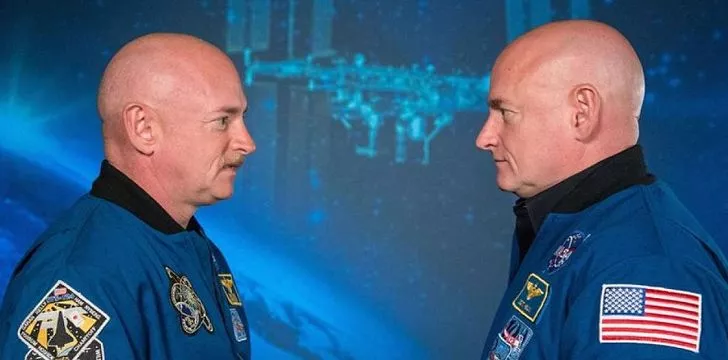
This is due to the lack of gravity in space causes the discs between the vertebrae to expand a little.
However, this extra height is lost when re-entering the Earth’s atmosphere and being subjected to the Earth’s gravity again.
The Kuiper Belt is a region of the Solar System beyond the orbit of Neptune.
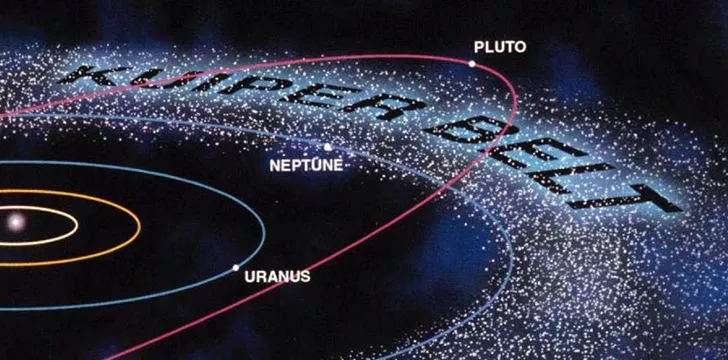
The Kuiper Belt is a ring of icy bodies and is where Pluto is located.
The first woman in space was a Russian called Valentina Tereshkova.

She launched into both history and space during the Vostok 6 mission on June 16, 1963.
She spent almost three days in space and orbited the Earth 48 times in her space capsule before returning to Earth.
If Saturn’s rings were 3 feet long, they would be 10,000 times thinner than a razor blade.
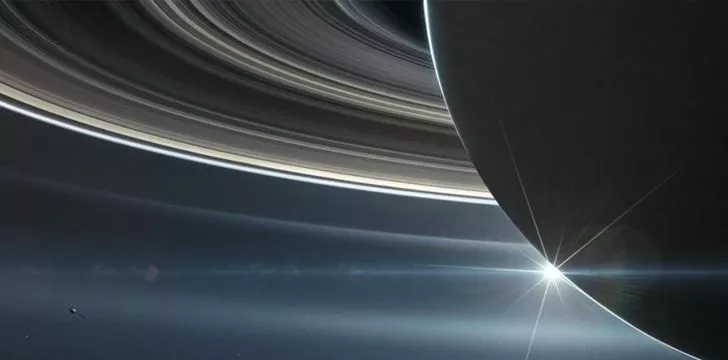
The rings around Saturn are so thin because they are made up of pieces of dusty water ice ranging in size from dust grains to boulders.
The Hubble Space Telescope is one of the most productive scientific instruments ever built.
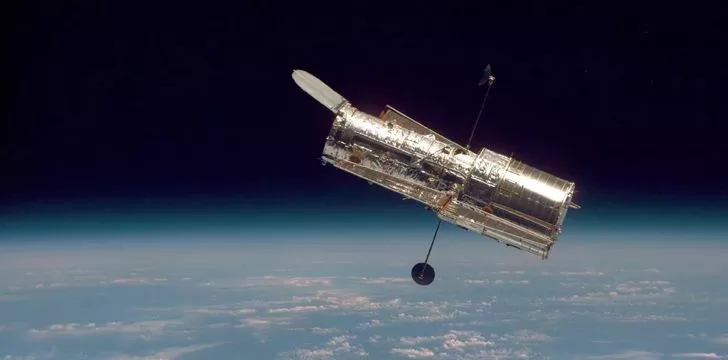
Astronomers using Hubble data have published more than 15,000 scientific papers. Those papers have been cited in other papers 738,000 times.
We have more facts about space & The Hubble Space Telescope here!
The first artificial satellite in space was called “Sputnik”.
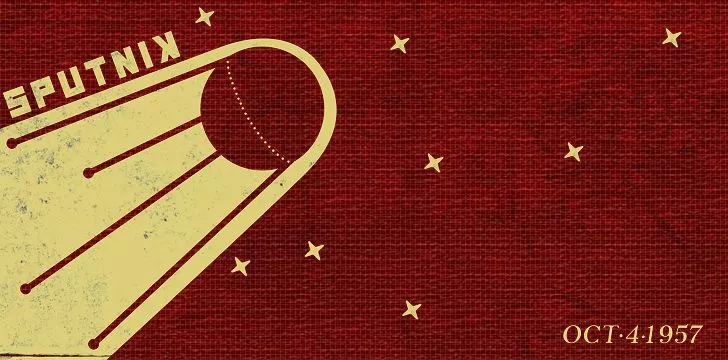
It was launched by the Soviet Union into an elliptical low Earth orbit on October 4, 1957.
Exoplanets are planets that orbit around other stars.
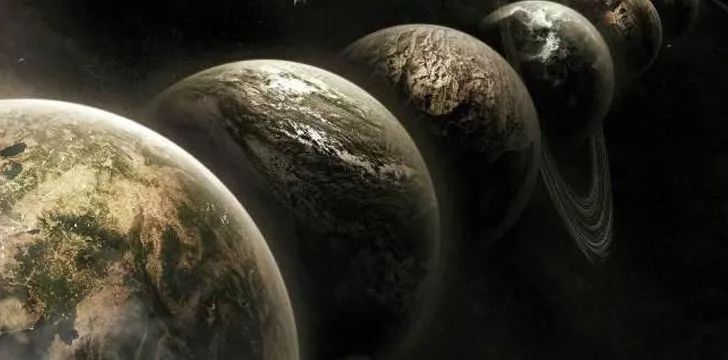
All of the planets in our solar system orbit around the Sun. But what about other solar systems?
In 2009, NASA launched a spacecraft called Kepler to look for exoplanets, and has discovered thousands since its launch.
The center of the Milky Way smells like rum & tastes like raspberries.
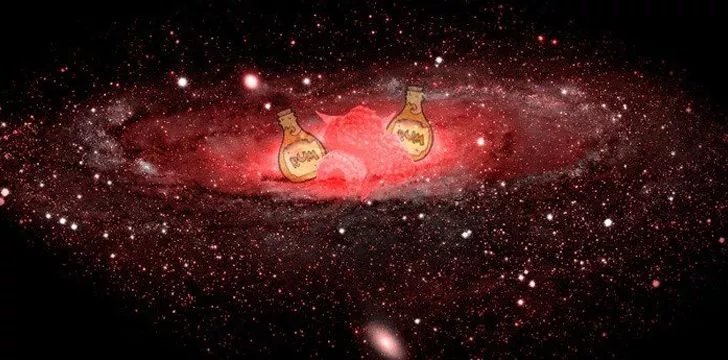
This was discovered by the IRAM radio telescope zeroed in on a gas cloud called Sagittarius B2 at the center of the our galaxy.
The IRAM detected a chemical called ethyl formate which gives rum its distinct smell and raspberries their distinct flavor.
You can read more about this fascinating space fact here – The Milky Way Smells Like Rum & Tastes Like Raspberries
Our moon is moving away from Earth at a rate of 1.6 inch (4 cm) per year!
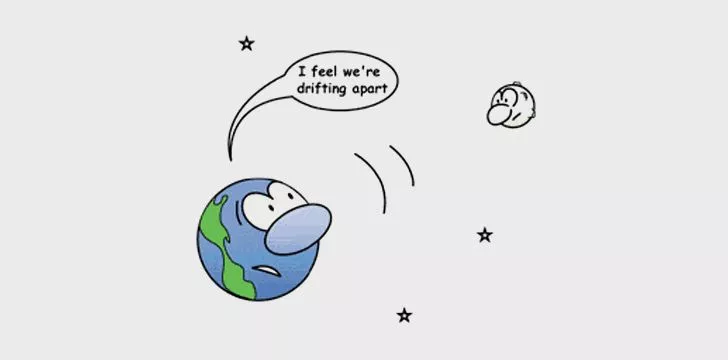
Scientists do believe that eventually the Moon will move out of the field of Earth’s gravity; however this won’t happen for billions of years to come.
Pluto is named after the Roman god of the underworld, not the Disney Dog.

The name for the planet was suggested by Venetia Burney, an eleven-year old British schoolgirl, to the planet’s discoverer Clyde Tombaugh.
Spacesuit helmets have a Velcro patch, to help astronauts itch.
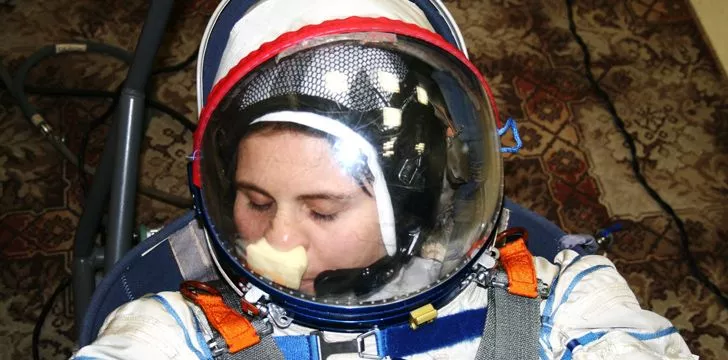
This is the Velcro patch’s one and only purpose.
The ISS is visible to more than 90% of the Earth’s population.

When you see the International Space Station (ISS) in the night sky it appears as a fast-moving star crossing from horizon to horizon.
Saturn is the only planet that could float in water.
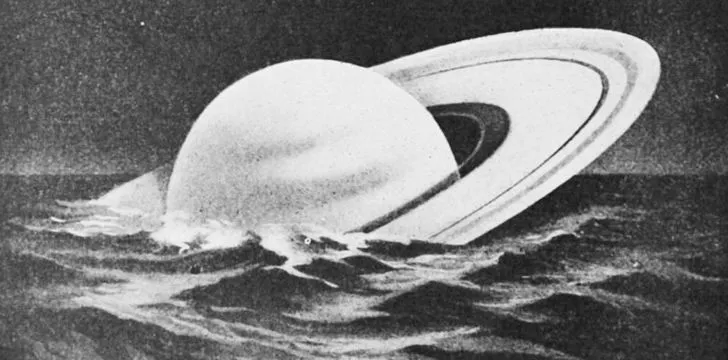
Although Saturn is the second largest planet in our solar system, it is also the lightest planet.
Saturn could float in water because it is mostly made of gas – although the real fact here is that you would need a giant bath tub!
Asteroids are the byproducts of formations in the solar system, more than 4 billion years ago.
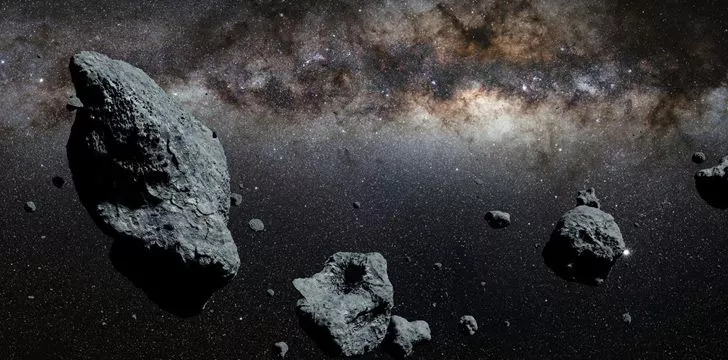
The birth of Jupiter in our solar system prevented any planetary bodies forming between Mars and Jupiter, causing the small objects that were there to collide with each other and fragment into asteroids.
Astronauts can’t burp in space.

This is because the lack of gravity in space means the air in astronaut’s stomach doesn’t separate and rise up from ingested food.
Uranus was originally called “George’s Star”.
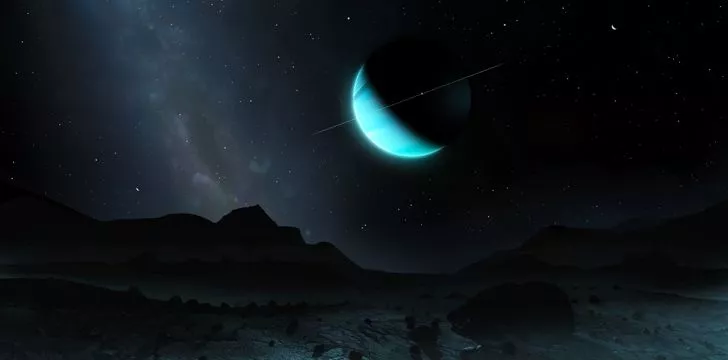
This name was in honor of discoverer William Hershel’s new patron, King George III.
The name “Uranus” was proposed in 1782, one year after its discovery, but wasn’t officially used until 1850.
You may like these facts about when the planets in our solar system were discovered.
A sunset on Mars is blue.
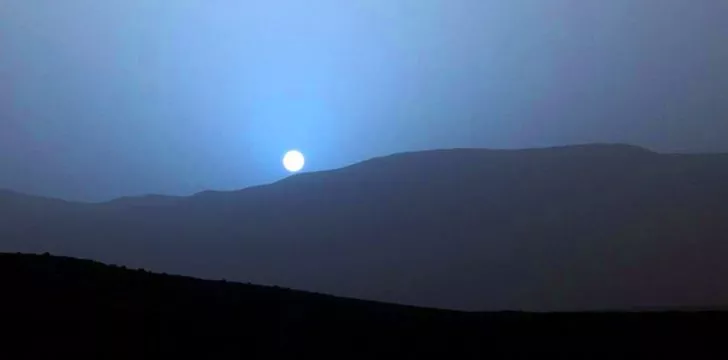
Mars has less than 1% of the Earth’s atmosphere.
So the sunsets on Mars appear as blue due to the way the blue light from the Sun is captured within the atmosphere of Mars.
The Earth weighs about 81 times more than the Moon.
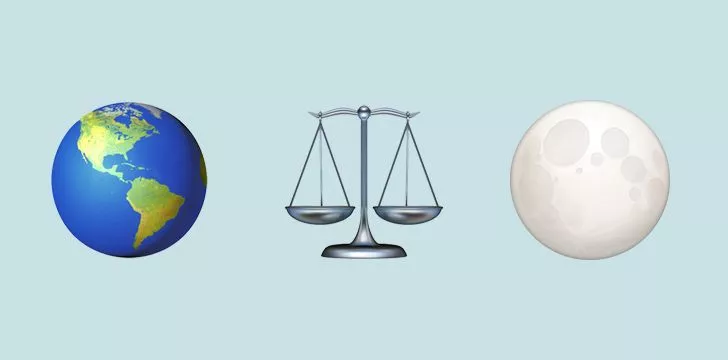
The Moon’s gravity, much like other planets, differs depending on where you are on its surface.
The first living mammal to go into space was a dog named “Laika” from Russia.
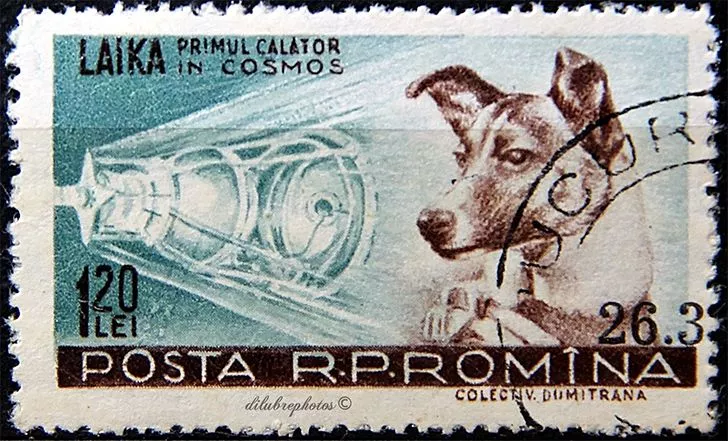
Laika was a stray mongrel from the streets of Moscow and was launched into space on the Soviet spacecraft Sputnik 2 on November 3, 1957.
Sadly, Laika died 5-7 hours into the flight due to overheating and stress. Poor doggo.
The word “astronaut” means “star sailor” in its origins.
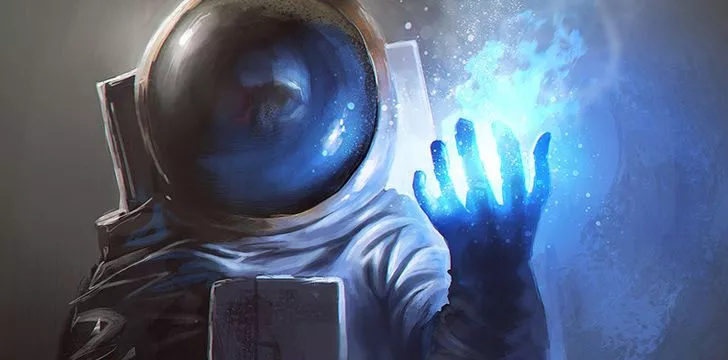
It is derived from the Greek words “astron”, meaning “star”, and “nautes”, which means “sailor”.
So, the word astronaut literally means “star sailor”.
“NASA” stands for National Aeronautics and Space Administration.
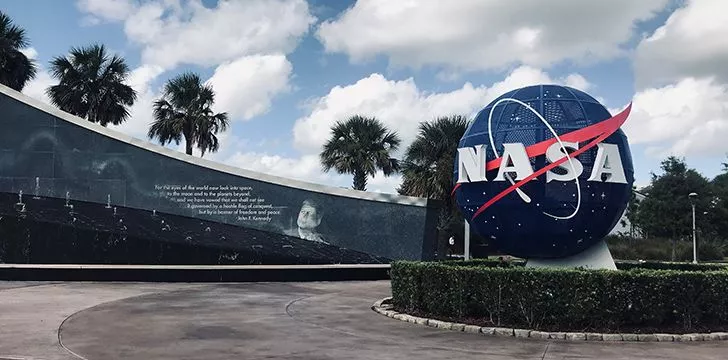
It is an independent agency of the United States Federal Government and was established in 1958.
NASA discovers new facts about space every day, check out these NASA facts if you want to learn more!
Gennady Padalka has spent more time in space than anyone else.

He is an RKA cosmonaut and has spent 879 days in space
He has worked on both Mir and the International Space Station.
Mercury has no atmosphere, which means there is no wind or weather.
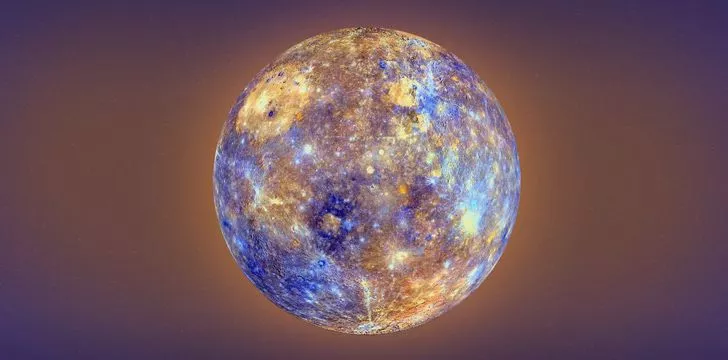
Instead of an atmosphere, Mercury possesses a thin exosphere made up of atoms blasted off the surface by the solar wind and striking meteoroids.
In China, the Milky Way is known as the “Silver River”.
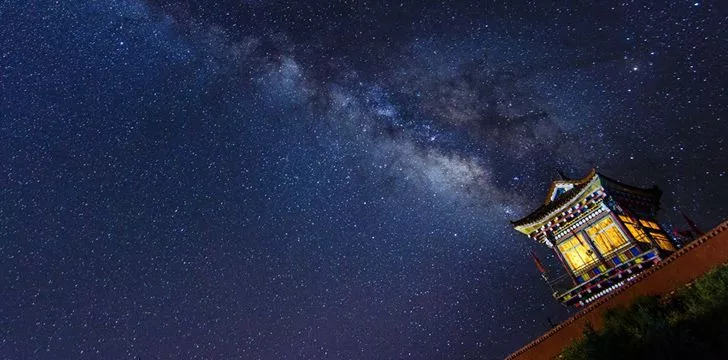
In Japan and Korea “Silver River” means galaxies in general, not just the Milky Way.
Red Dwarf stars that are low in mass can burn continually for up to 10 trillion years!
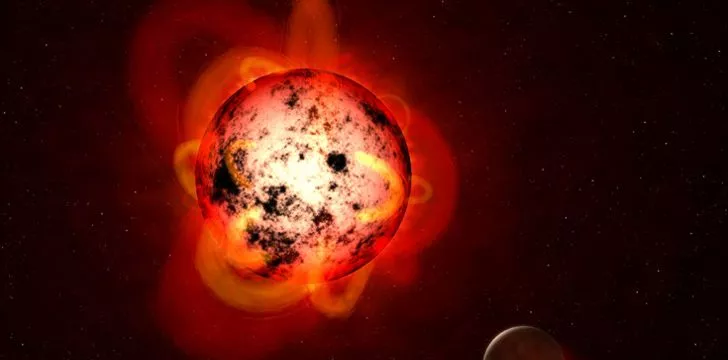
A Red Dwarf is a small and cool star in a later stage of its life and has a surface temperature of less than 7,200k degrees Fahrenheit.
Scientists once believed that the same side of Mercury always faced the Sun.
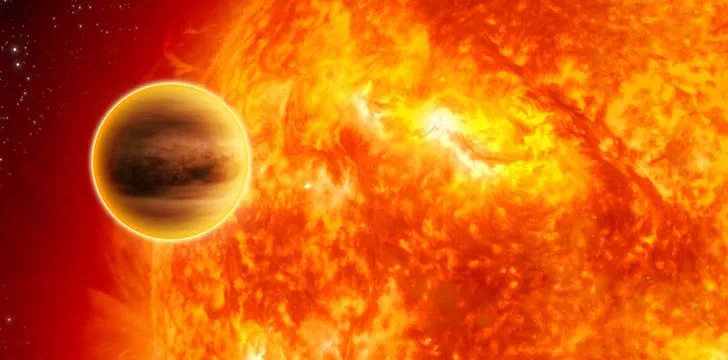
However, in 1965 astronomers discovered that the planet rotates three times during every two orbits it makes.
Jupiter’s Red Spot is shrinking.
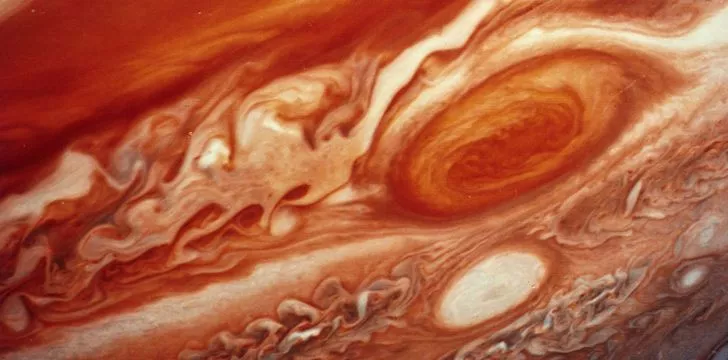
Jupiter’s red spot is a huge swirling hurricane-like storm that used to be three times the size of Earth! However, the storm is shrinking over time, but even as it shrinks it gets taller.
Scientists are still stumped as to what’s causing this although they believe it may be to do with jet streams on Jupiter changing location or direction.
A large percentage of asteroids are pulled in by Jupiter’s gravity.
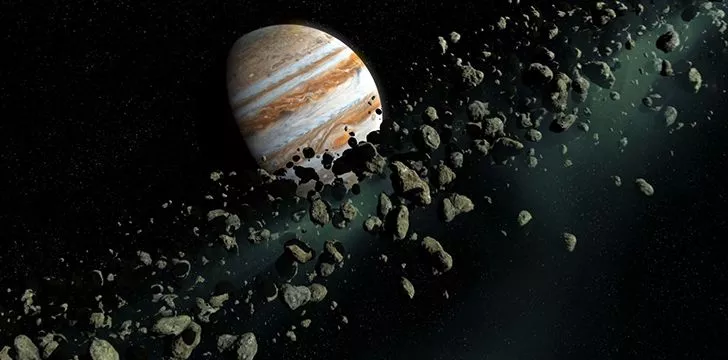
For this reason, Jupiter is known as the dumping grounds for our solar system.
Many of the asteroids that are potentially harmful to Earth, the long period comets, tend to be sucked into Jupiter’s gravity field.
Thanks Jupiter!
A day on Mercury is equivalent to 58 Earth days.
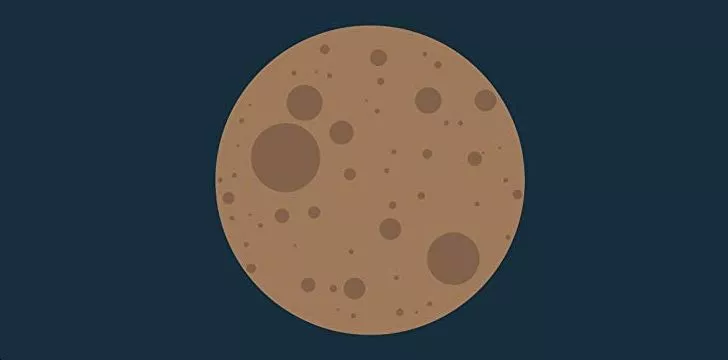
This is because Mercury rotates on its axis very slowly compared to Earth.
As space has no gravity, pens won’t work.
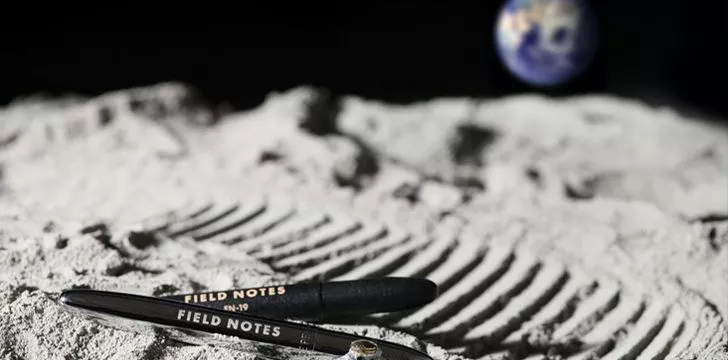
Normal pens work by gravity pulling the ink towards the pen’s nib (the writing part) – as you hold the pen in your hand writing part facing downwards.
As there’s no gravity in space, the ink doesn’t get pulled to the nib.
However, special pens have been made that work in zero gravity.
On average it takes the light only 1.3 seconds to travel from the Moon to Earth.
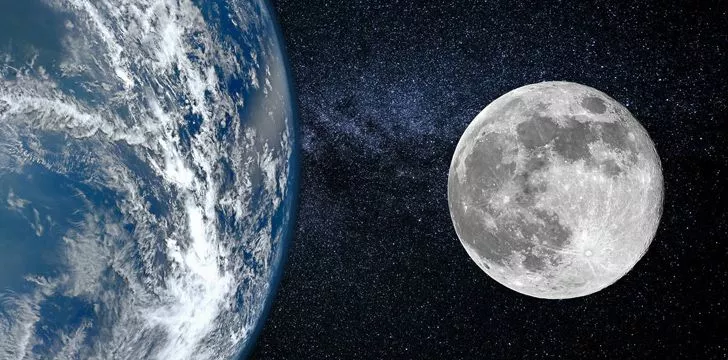
The distance between the Earth and the Moon is only 238,855 miles (384,400 kilometers).
There are 88 recognized star constellations in our night sky.
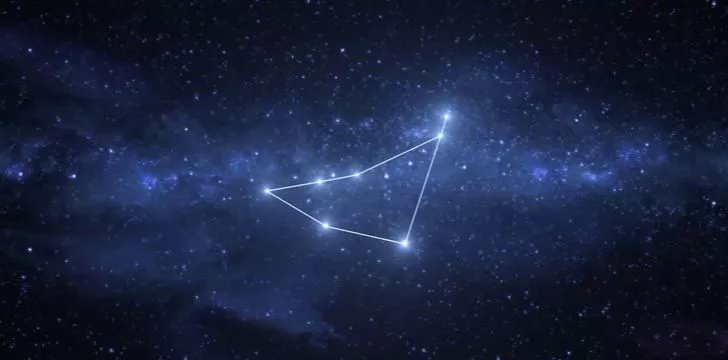
These 88 constellations cover the Earth’s night sky and can be observed from the southern and northern hemispheres.
The center of a comet is called a “nucleus”.
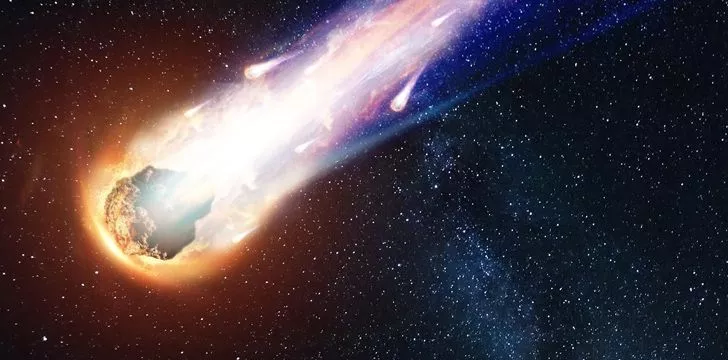
The streams of dust that streak behind comets are known as a “coma” or a “tail”.
Space facts aren’t just about the planets! Here are some cool facts about comets.
As early as 240BC the Chinese began to document the appearance of Halley’s Comet.
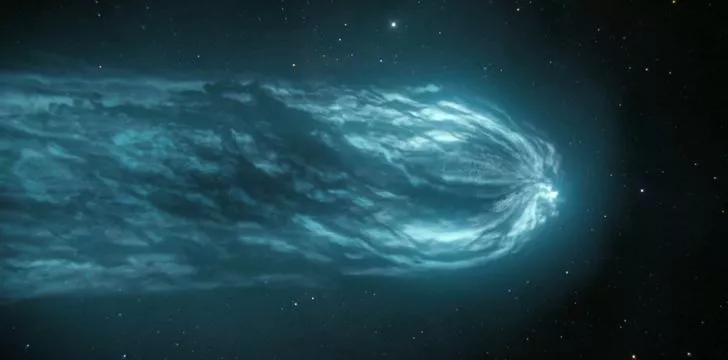
After 164BC there was a continuous recording of the comet each time it was visible.
In 2006, the International Astronomical Union reclassified Pluto as a dwarf planet.
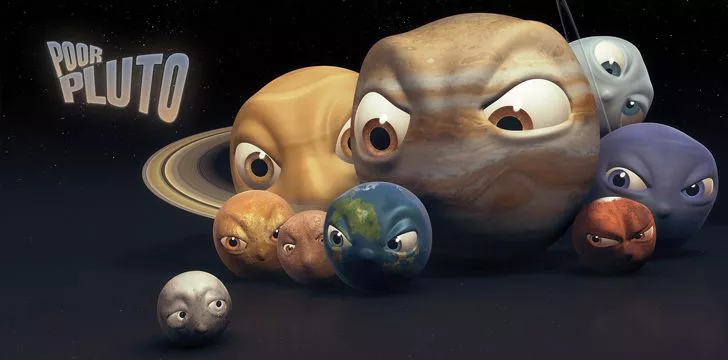
This is because Pluto does not gravitationally dominate the neighborhood around its orbit.
There are 5 Dwarf Planets recognized in our Solar System.
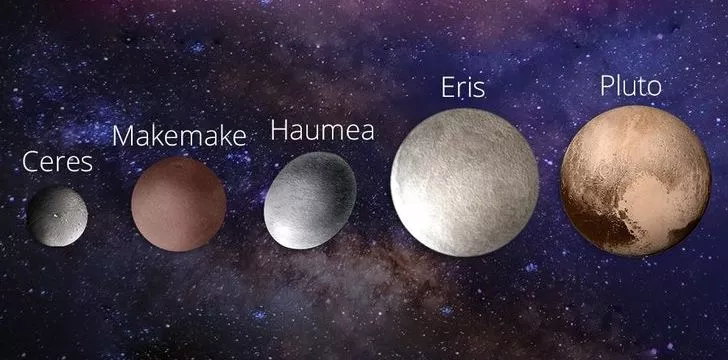
The Dwarf Planets are Ceres, Makemake, Haumea, Eris and Pluto.
The dwarf planet Ceres is also the largest asteroid in our solar system, and resides in the asteroid belt, making it the only dwarf planet to not inhabit the outer solar system.
Mars is the most likely planet in our solar system to be hospitable to life.
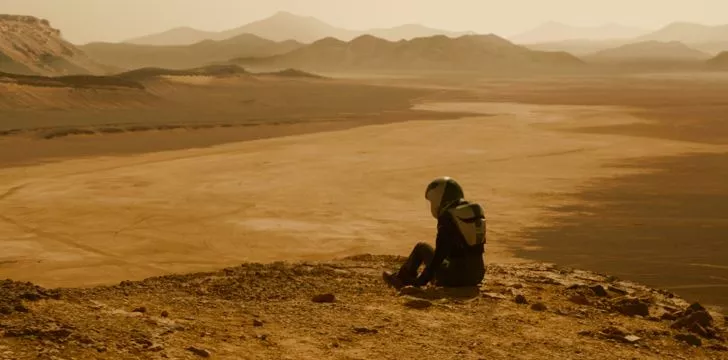
In 1986, NASA found what they believe may be fossils of microscopic living organisms in a rock recovered from the surface of Mars.
Halley’s Comet will pass over Earth again on July 26, 2061.
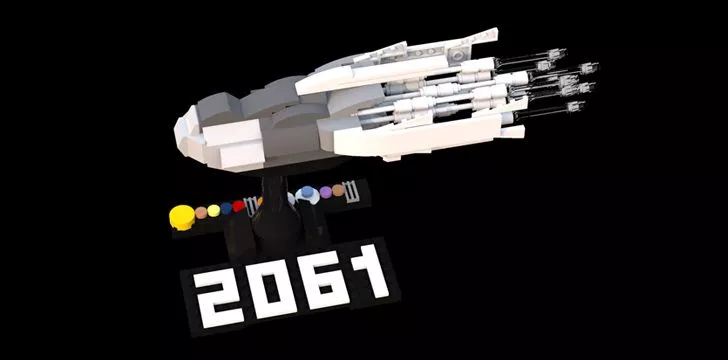
This space fact is one for kids to look forward to!
The famous comet was last seen on February 9, 1986, and only orbits the Earth once every 75 – 76 years.
There is a planet half the radius of the Earth with a surface made up of diamonds.
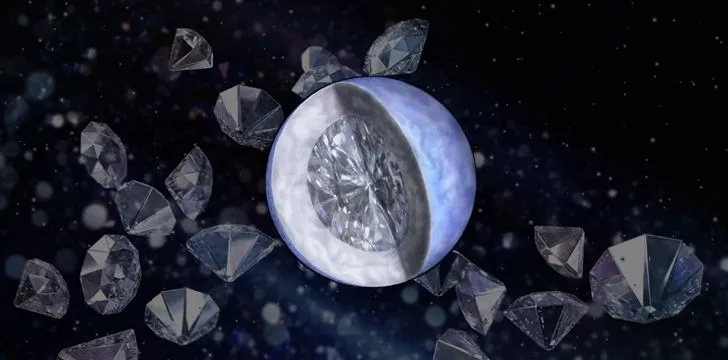
55 Cancri e has a mass eight times that of Earth’s despite having half the radius, and may very well have a surface made up of graphite and diamonds.
It is only 40 light-years away and visible to the naked eye under the constellation of Cancer.
Buzz Lightyear from Toy Story has actually been to outer space!
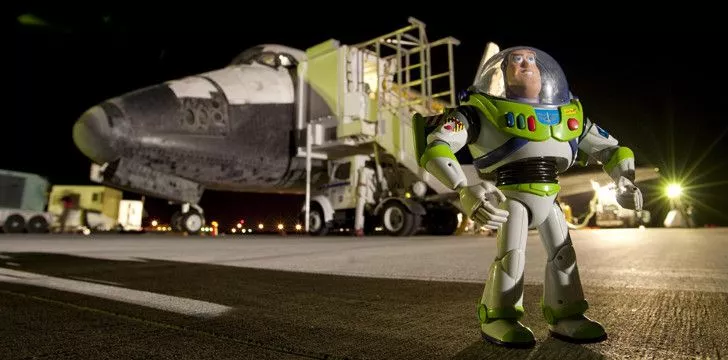
Buzz Lightyear spent 15 months onboard the International Space Station and returned to Earth on September 11, 2009.
To infinity, and beyond!
We told you #100 would make you smile!
Space, for many, is a weird & wonderful thing. The great unknown is something mankind has always observed and tried to learn from – by understanding our galaxy we may be able to understand our place in it, and how this world came to be.
We hope these 100 cool space facts helped the mystery of space to become… well, less mysterious!
If you enjoyed these unusual facts about space, we have plenty more space facts for you to enjoy over at our Space category.
All these fun space facts were accurate at the time of writing, although we’ll update these facts about space regularly – so please let us know if something here is incorrect!
